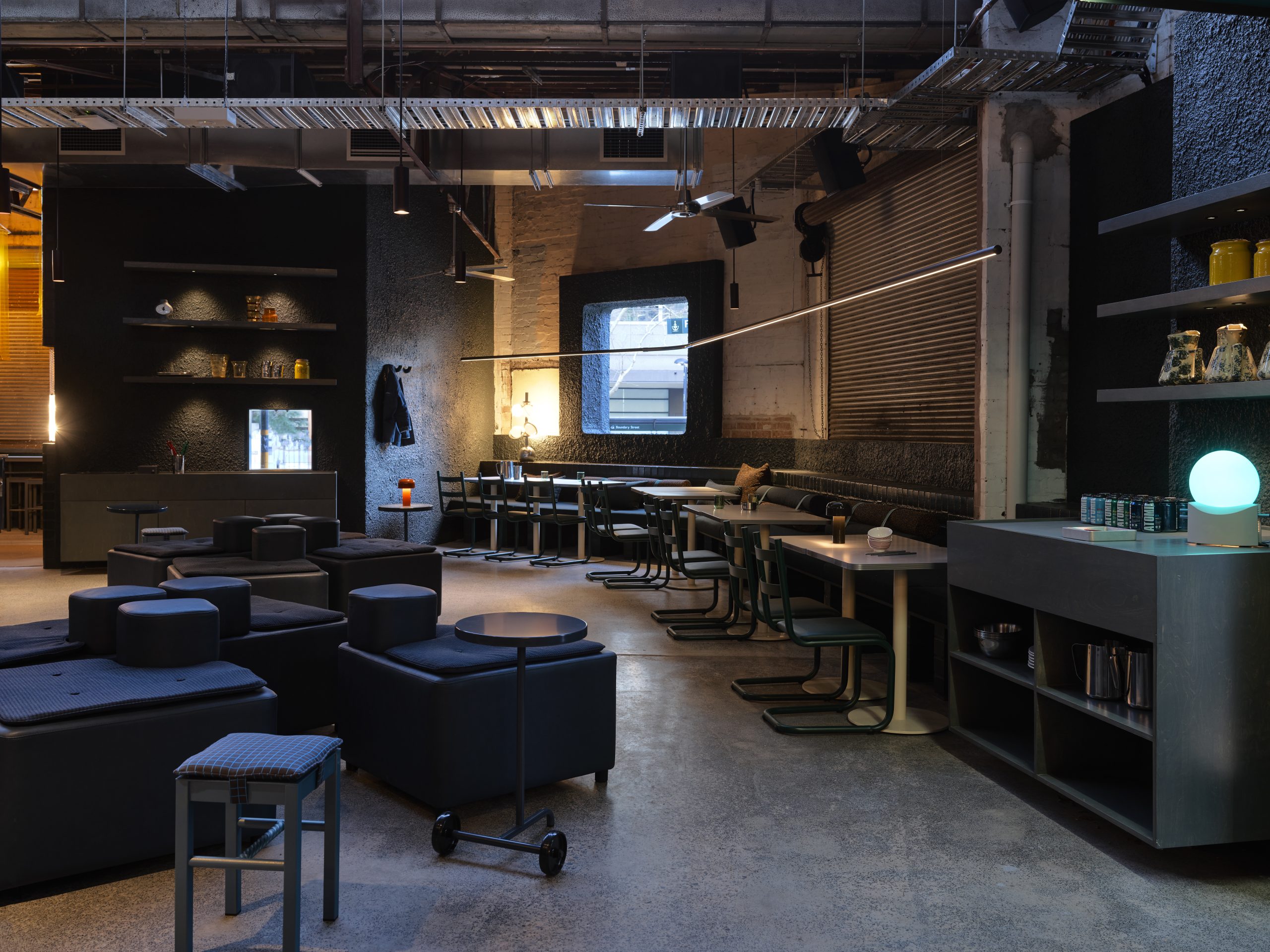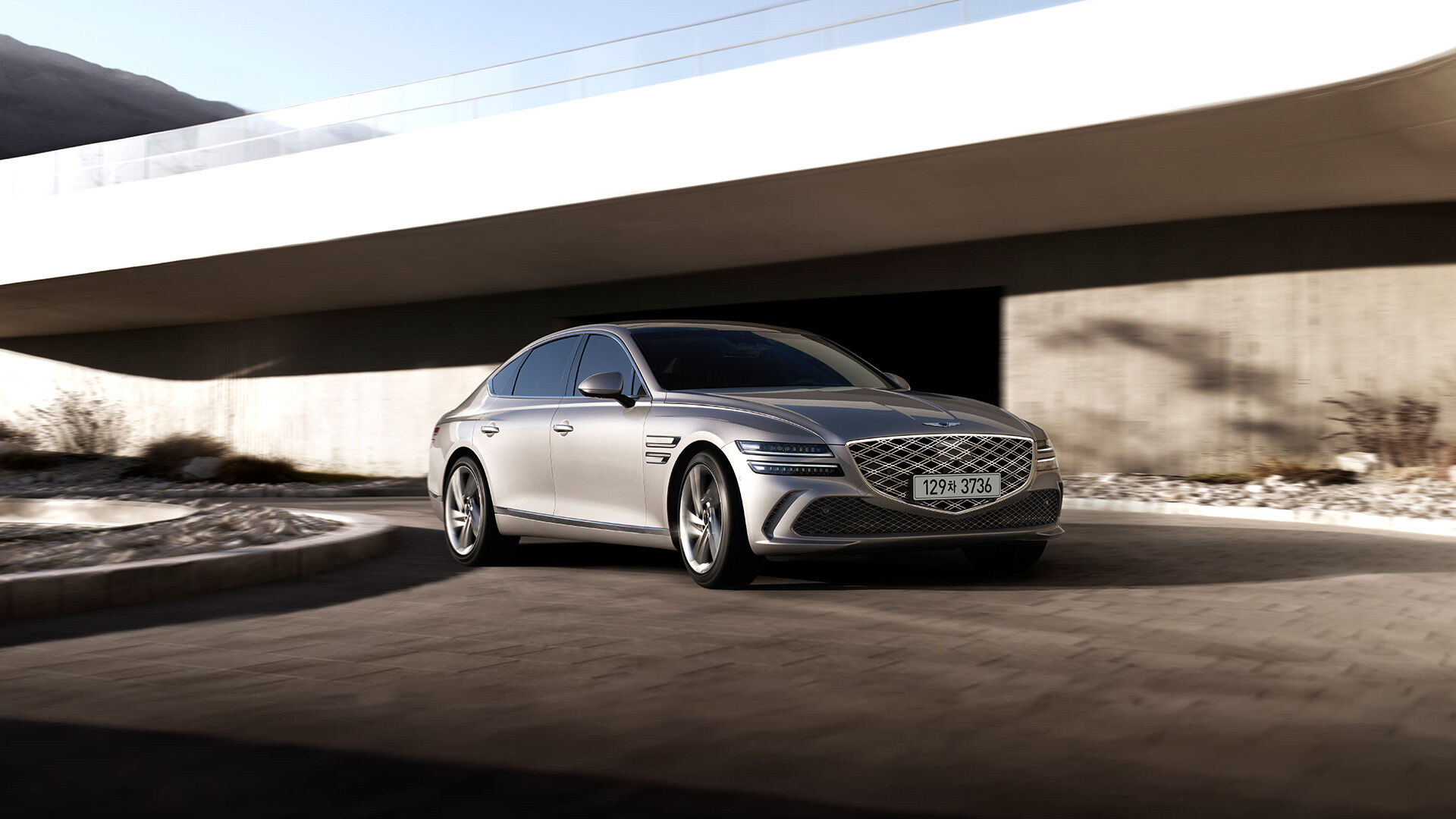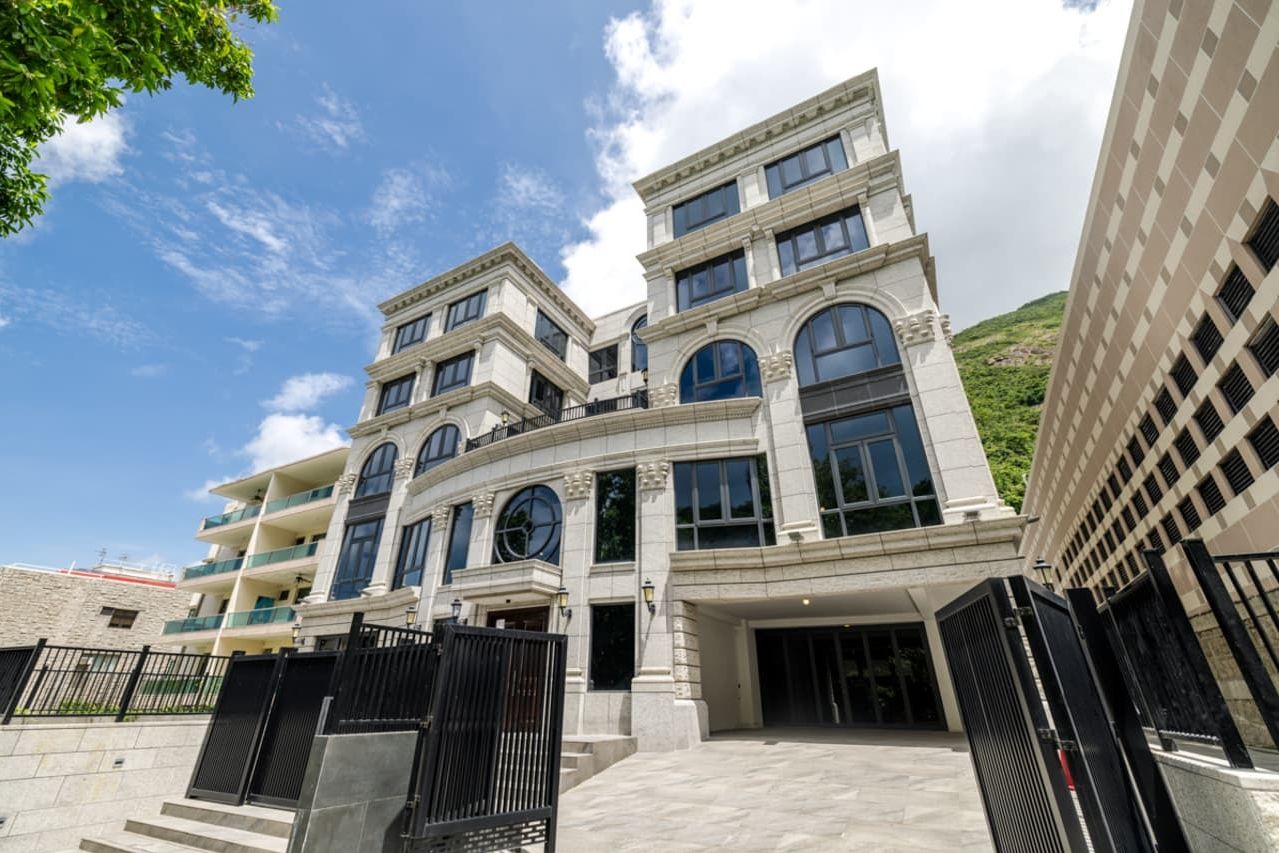The hospitality design trend making everyone feel at home
Restaurant, hotel and bar design is increasingly looking to residential interiors for inspiration
There’s not many part of our lives that have been left untouched by the pandemic. But while many aspects, like the lockdowns designed to manage exposure to COVID have been hard to live with, there have been some positive changes too. Notably, as offices closed and everyone started working from home, the traditional division between the two spheres started to break down. And while hospitality services in city centres saw patronage slow and even disappear, suburban cafes, bars and restaurants grew in popularity as customers looked to stay close to home and support local business.
For more stories like this, pick up the latest issue of Kanebridge Quarterly here.
Creative director of leading interior design firm YSG Studio, Yasmine Saleh Ghoniem, says although hospitality businesses undeniably suffered during the pandemic, it has reframed the way many patrons enjoy and use their local restaurants, bars and cafes.
“Since lockdowns ended, I’m noticing Sydneysiders are following this notion of loyalty to their ’hood which, until now, was more a Melbourne thing,” she says. “I suppose it’s evolved from ordering in from your local to support it during tough times.
“Hospo owners are increasingly offering a range of experiences to encourage locals in particular to frequent their venue, treating it like it’s an extension of their home.”

Borrowing from residential design to inform restaurant and bar design was already in evidence prior to the ‘work from home’ phenomenon, but COVID accelerated the design trend so that the lines have become increasingly blurred.
Bars with comfortable, or careworn, sofas and cafes with mismatched lounge chairs, well-padded banquettes and layered textures have become the go-to options for designers.
Ghoniem says clients are now regularly cherry picking from both sides of the fence to create sophistication at home or warm and inviting spaces in hospitality environments to offer a level of subtlety and individuality. Bedroom suites resemble hotel rooms and dining spaces echo restaurant and cafe style. Even the home kitchen has not been spared.
“Let’s not forget the home bar,” Ghoniem says. “Lockdowns are well and truly over, but the habit of making a cocktail after work is here to stay. We’re incorporating them in dining rooms and kitchens with gorgeous stone selections and integrated downlights to really show off the merch as they’ve become the social magnets of the home.”
The result is greater attention is being paid to materiality, from the rough texture of brick, to the reflective surfaces of Venetian plaster and Pandamo-finished micro cement, which Ghoniem used on a recent project with Four Pillars Laboratory in Surry Hills.

A good lighting design is key to tying the whole look together, as well as complying with the necessary OH&S requirements.
“Interestingly, the role (of lighting) in both resi and hospo spaces is becoming more aligned,” she says. “We’re all after less bright and more introspective lighting. We’re even staging home kitchens now with key focuses on beautiful stone surfaces or joinery details.
“I’m all up for immortalising moods and lighting plays a key role in stirring them so that spaces never feel brand new and instead seem layered by experiences – the patinas of time.”
Celebrated UK designer Tom Dixon visited Australia and New Zealand in March to celebrate the 20th anniversary of his design studio. He has been closely observing changes in the way we live, work and dine out for more than a decade, as tech advances allowed us to work remotely and, in turn, shaped what we expected from public and private interior spaces.
“I noticed the evolution 12 or 13 years ago at Shoreditch House in London, which was for daytime networking and night time entertaining, so we did a design which was always intended to be adaptable,” he says. “As wireless communication became more common, people started taking club memberships (there) to create a basis for their office because they preferred to work in a group setting rather than be in an office. It’s somewhere they could get good service, decent food and where they could bleed work into play.”
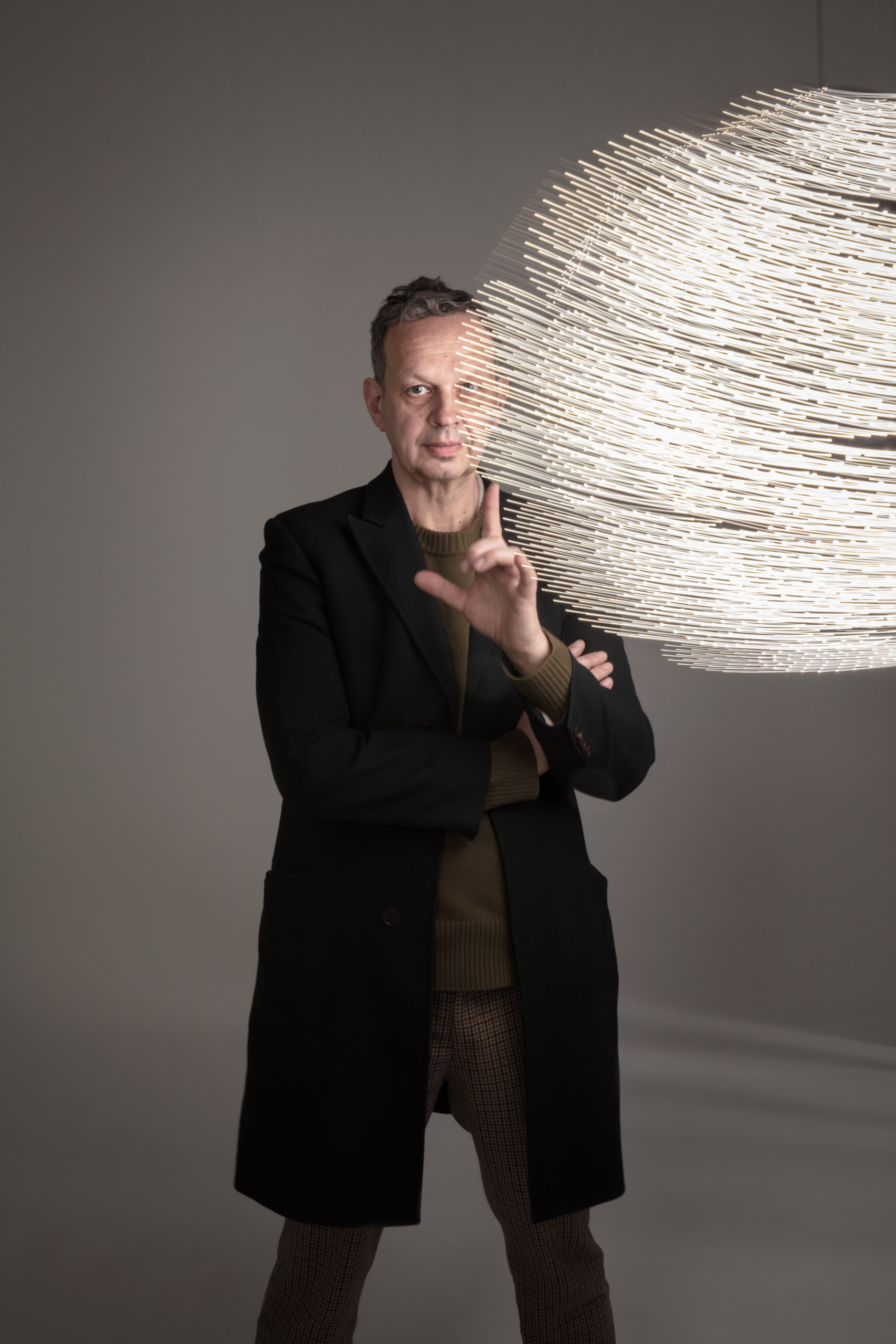
Dixon designed the lobby and Market Hall of Sydney’s Quay Quarter Tower, which last year was named World Building of the Year at the World Architecture Festival. He says the greatest design differences between residential and hospitality design are the number of ‘clients’ to consider.
“It was quite challenging to predict with Quay Quarter Tower, mainly because they didn’t know who the tenants would be to begin with,” he says. “They didn’t know the level of security that would be required so we were always trying to make it a bit flexible and neutral enough to accommodate a range of people. It’s always complicated with those public/private interactions but it was never going to be a fixed use, static design.”
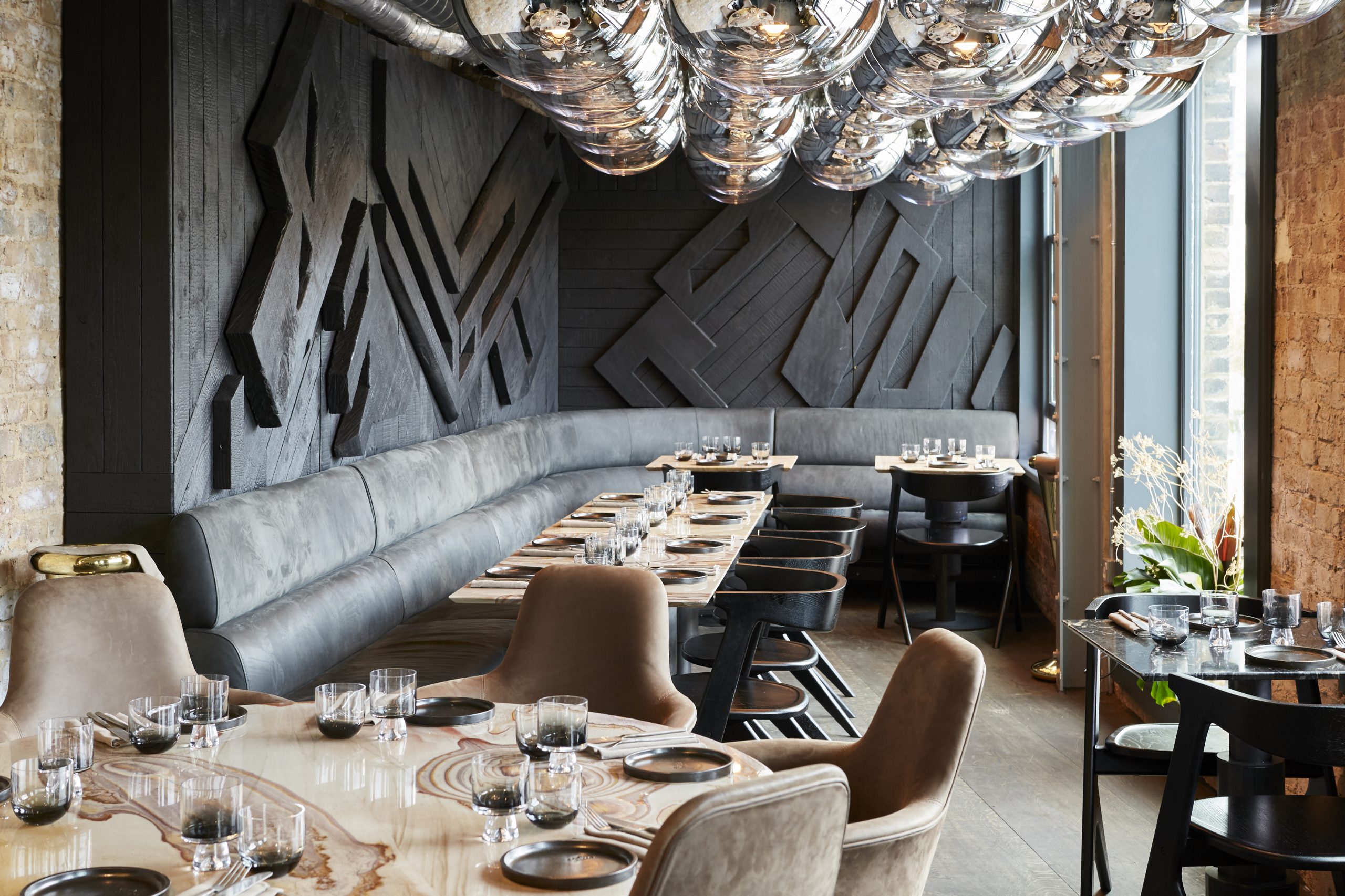
Now, he says, all interior spaces, whether they are homes, restaurants, hotels or offices are required to provide greater flexibility, both in terms of functionality, as well as design.
“It doesn’t matter whether it is work, hotels or home environments, everybody is being forced to use spaces in multiple ways than before COVID,” Dixon says. “Home is interesting because it became partly school, partly office during the day, so it had to become a lot more adaptable.
“COVID has put a lot of pressure on home and removed pressure from the office, so that it is more adaptable and less formal and there’s less of a division of space.”
Directors of award-winning design and architecture studio Luchetti Krelle, Rachel Luchetti and Stuart Krelle chose early on to focus their practice on hospitality design to stretch their creativity, but in recent years there’s been increasing interest from an unexpected quarter.
“We didn’t do a lot of residential because too many of our clients wanted to play it safe and consider (their property’s) resale value,” Luchetti. “Under those circumstances, you can’t put your personality into the space or enjoy that aspect of going all out. But now that we focus on hospitality, we get so many enquiries from people who have been to a restaurant we have designed asking if we will work on their house.
“People want to go out on a limb in residential design as well.”
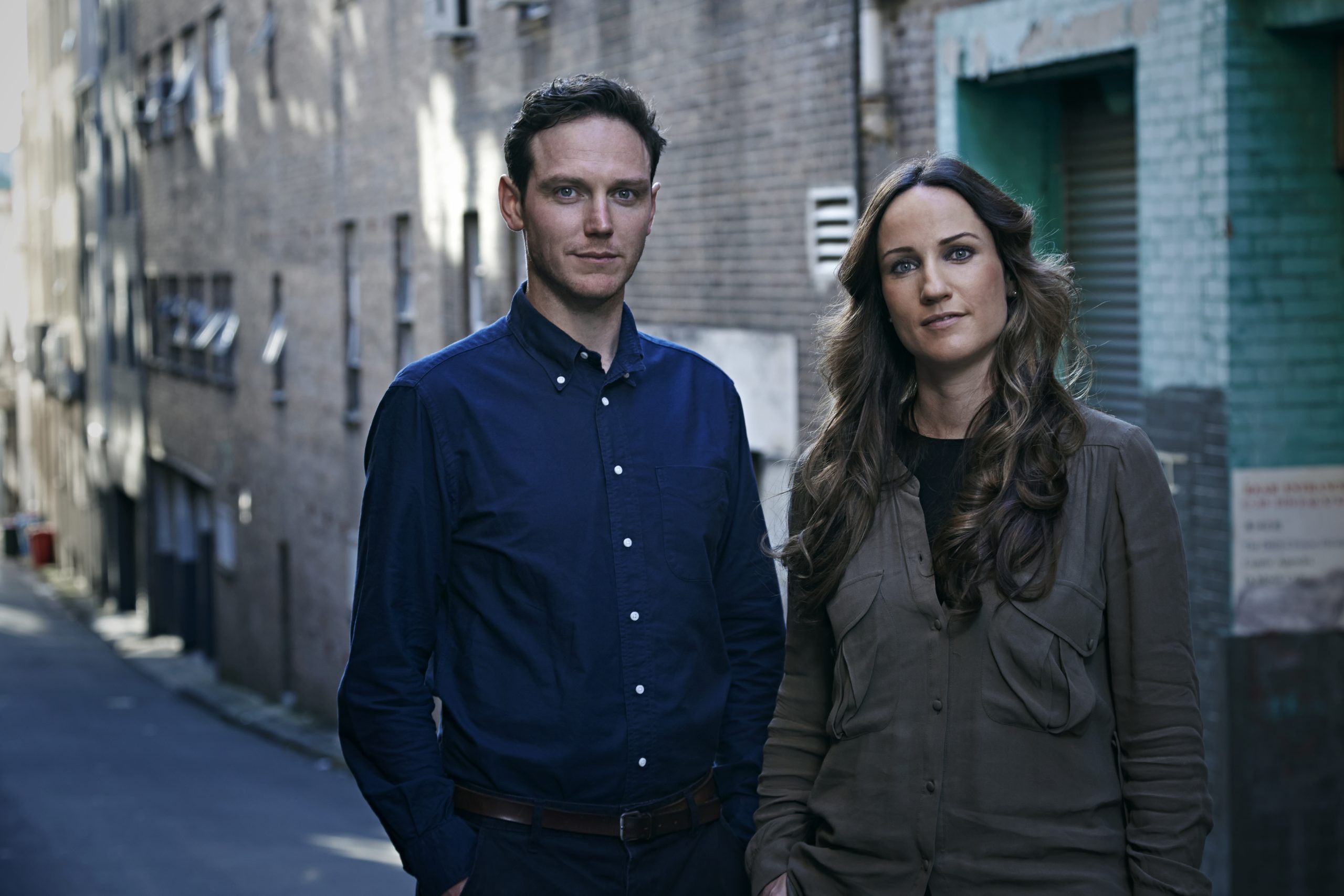
The pair are responsible for a number of interior design fit-outs in NSW and Victoria, including Tattersalls Armidale, Ovolo Hotel South Yarra, Bathers Pavilion Restaurant at Balmoral, Matinee cafe in Marrickville and Redbird Restaurant in inner city Redfern.
Luchetti also points to COVID for the growing numbers of homeowners looking to replicate the moody, layered looks of restaurants, bars and cafes as the opportunities to go out diminished and everyone focused on their residential spaces.
“You want that sense of escape and, for a lot of people, that was where the residential boom to make your home a sanctuary came from,” she says. “People started looking for bigger places and getting that work/life balance, entertaining at home became big again.”
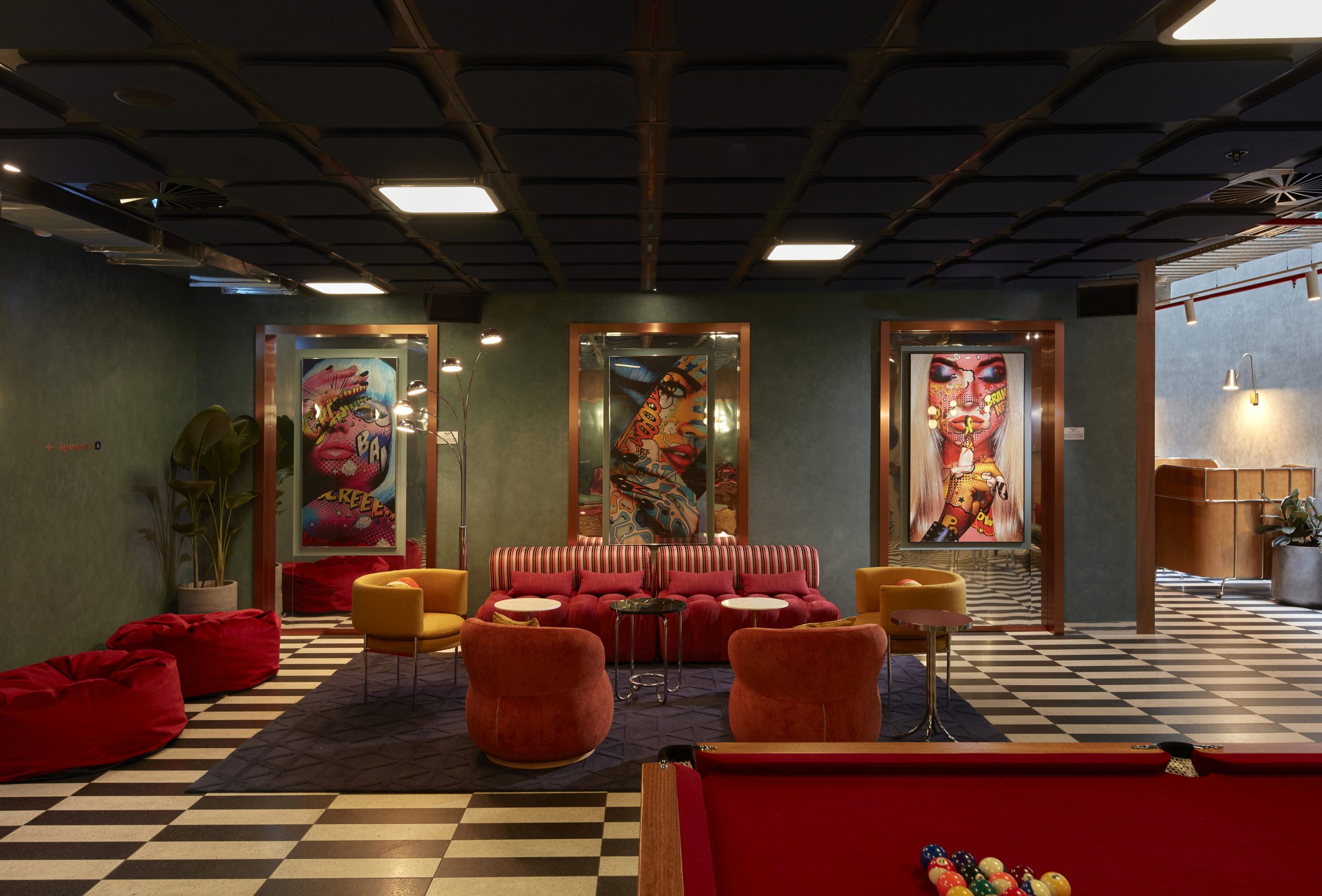
Private spaces within a wider residential setting became a priority with everyone at home together for longer periods of time. And with travel on hold, demand increased for hotel-like experiences at home.
“There’s two schools of thought with hotel design,” Luchetti says. “One of them is that you want it to be more like a home and the other is that it should be completely like nothing you have at home.
“People are looking for that calm, clutter free environment that you can’t achieve at home.”
More: ysg.studio; luchettikrelle.com; tomdixon.net
Chris Dixon, a partner who led the charge, says he has a ‘very long-term horizon’
Americans now think they need at least $1.25 million for retirement, a 20% increase from a year ago, according to a survey by Northwestern Mutual
The G80 Sport makes its entrance, displaying dynamic design details and elevated automative capabilities.
Juma Al Majid LLC, the exclusive dealer for Genesis in the UAE, has launched the G80 – a cutting-edge luxury sedan. Merging tradition with innovation, this model embodies Genesis‘ relentless pursuit of superior design, state-of-the-art technology, and unmatched luxury.
The new G80 marks a significant milestone in introducing Korean automotive excellence to the UAE, highlighting the brand’s commitment to providing exceptional experiences.
Meticulously crafted, the redesigned G80 adheres to the ‘Athletic Elegance’ design philosophy synonymous with Genesis. This luxury vehicle features refined details and cutting-edge specifications, combining comfort and style to elevate every driving experience to new heights.
“The debut of the all-new G80 in the UAE market propels our vision to converge advanced technology and refined elegance”, stated Suliman Al Zaben, Director of Genesis, UAE. “This launch is a step forward for Genesis in the UAE market and strengthens our efforts to offer ultimate luxury, innovation, and unique design to our incisive customer base.”
With a new dual-mesh design, the G80’s exterior enhances the sophisticated appearance of the Two-Line Crest Grille, paired with iconic Two-Line headlamps featuring Micro Lens Array (MLA) technology. This highlights Genesis’ commitment to harmonizing advanced technology with elegant design. The five 20-inch double-spoke wheels exude a dynamic aesthetic, resembling sleek aircraft lines, complementing the car’s parabolic side profile. Rear diffusers conceal mufflers adorned with distinctive V-shaped chrome trim inspired by the Crest Grille, embodying an eco-conscious ethos in today’s technology-driven era.
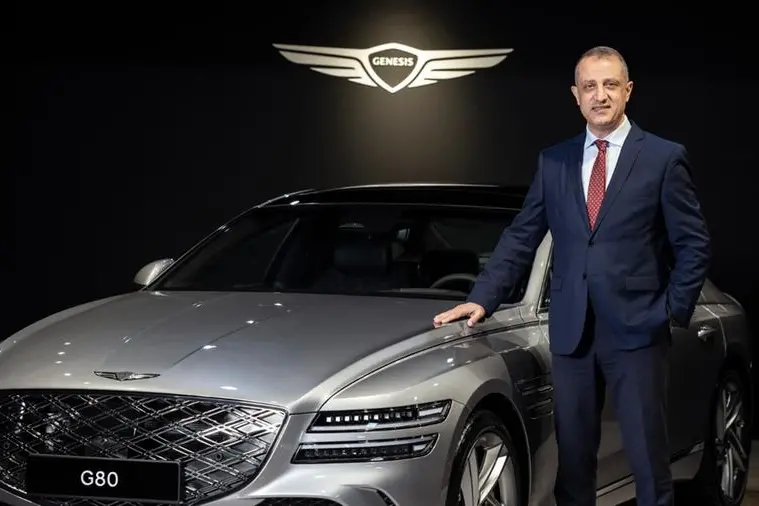
The G80 reinforces Genesis’ design philosophy in its interiors, inspired by the uniquely Korean concept of the Beauty of White Space, integrated with state-of-the-art technology to create cosmetic brilliance for users. The 27-inch-wide OLED display seamlessly combines the cluster and AVN (Audio, Video, Navigation) screen in a horizontal layout, extending to the center fascia, showcasing its flair for innovative technology. The touch-based HVAC (Heating, Ventilation, and Air Conditioning) system offers ease of control, while the redesigned crystal-like Shift By Wire (SBW) ensures a comfortable grip, infusing a sense of luxurious convenience.
With its dual-layered Crest Grille and expanded air intakes, the G80 Sport package delivers a dynamic and sporty spirit. Exclusive interior options, such as a D-cut steering wheel and carbon accents, enhance its sporty allure. Equipped with Rear Wheel Steering (RWS) and Electronic Limited Slip Differential (E-LSD), the G80 Sport 3.5 twin turbo model is built for stable control during high-speed maneuvers.
Fitted with advanced safety and convenience features, this luxury sedan includes Remote Smart Parking Assist 2, Lane Following Assist 2, and a Fingerprint Authentication System. The three-zone HVAC system provides customized climate control for all passengers. With two powertrain options – a 2.5 turbo engine delivering 300 horsepower and 43.0 kgf·m of torque, and a 3.5 twin turbo engine producing 375 horsepower and 54.0 kgf·m of torque – superior driving dynamics ensure a silent and luxurious driving experience.
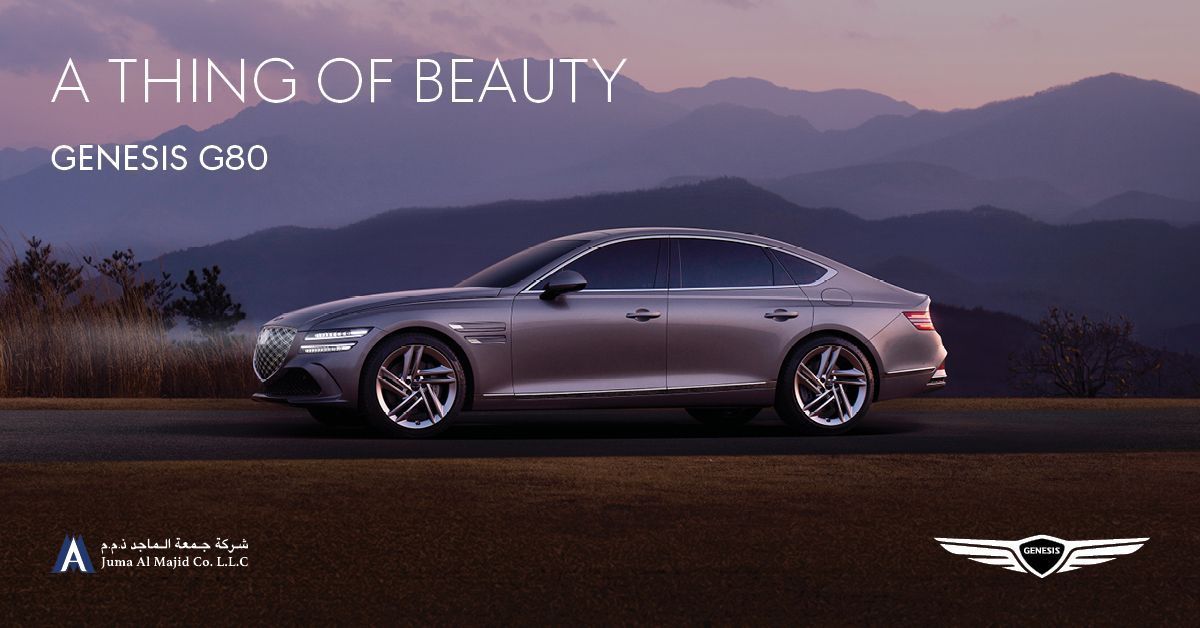
Chris Dixon, a partner who led the charge, says he has a ‘very long-term horizon’
Americans now think they need at least $1.25 million for retirement, a 20% increase from a year ago, according to a survey by Northwestern Mutual









